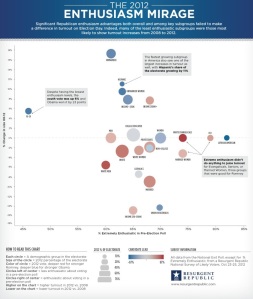It seems as if each year, some version of this Rasmussen poll is released. According to a survey, 39% of Americans see Memorial Day as “one of the most important” holidays we celebrate.
You have to wonder how honest those answers are. Wouldn’t most decent people, when asked, say it’s important to set aside a day each year to remember those who served and died? I bet the folks at Progress Now New Mexico would, even if they didn’t bother to release a simple statement to that effect. Ditto for the countless Americans who treated the just-passed long weekend as a summer kickoff, an opportunity for extra yard work, or a chance for a cookout with the good meats – not just hot dogs.
All of these are valid ways to spend the weekend, and your Memorial Day remembrance was a couple minutes of silent reflection rather than a day of fervent prayer for souls lost in battle, that’s okay. In fact, it’s kind of cool that we hold the concept of Memorial Day in higher esteem than our practice of it. (In the interest of staying off the high horse, I’ll gladly cop to being in the category of people who would say that Memorial Day is one of our most important national holidays, while having spent it driving through central Virginia wondering when the next Sheetz would appear on the side of Route 29.)
The point is that what people say about their behavior may represent their values, but their actions may not match.
For example, it’s a tricky thing for political pollsters to model who is going to be in the electorate in a given year – and while self-identification may be a factor, previous voting history is a bigger factor. You may tell a pollster you aren’t feeling it this year, but chances are that if you always find a way to the polls, you will again this time around.
Similarly, you may tell a pollster you intend to vote, but if you traditionally go the George Carlin route and just stay home, there’s a chance you’ll do it again. But if you say you plan to vote, but have a history of not voting, it may signify an intent to vote, or at least an understanding of the value of voting. Those people would probably be more open to get-out-the-vote messaging and campaign communication – the way a Memorial Day grillmaster might stop somewhere between medium and medium-well and think about how good we have it, and feel that brief pang of guilt for those that faced a much more intense heat than his propane-fueled crucible of shish-kabob.
Even when reality falls short of aspiration, the aspiration can be useful just the same.
